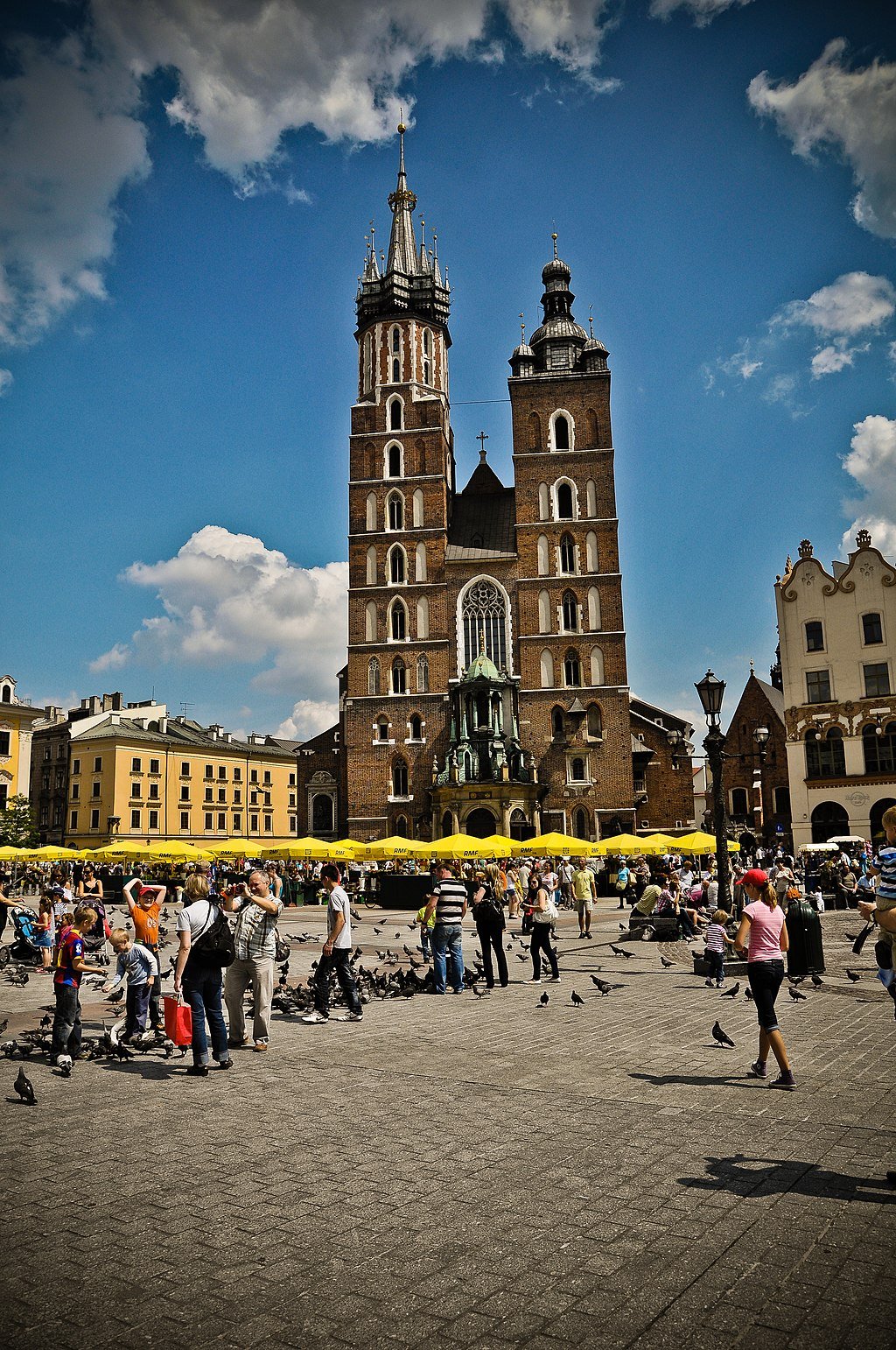
15 Things to Visit in Kraków (Poland)
Kraków, a city with UNESCO World Heritage status, served as the Polish rulers’ throne for half a millennium up until the 17th century. The Old Town was rebuilt in the 13th century after being looted by the Mongols, and little has altered in terms of the layout since then. During Casimir III the Great’s rule in the 1300s, Kraków was at the pinnacle of its supremacy. He established the area of Kazimierz, which at one time was a separate city and housed one of Europe’s largest Jewish communities, as well as Kraków University, where Copernicus would later pursue his studies. The grand Main Square in Kraków’s Old Town provides all the information you need about the city’s richness and power throughout the Middle Ages, while the royal palace and cathedral on Wawel Hill demonstrate the complete power of the Polish monarchy. Let’s examine the top activities in Kraków:
- Rynek Główny (Main Square)
- Rynek Underground
- Schindler’s Factory
- Manggha
- Franciscan Church
- Polish Aviation Museum
- Royal Road
- Stained Glass Workshop and Museum
- St Mary’s Basilica
- Cloth Hall
- Kazimierz
- Stare Miasto (Old Town)
- Wawel Cathedral
- Planty Park
- Wawel Castle
Rynek Główny (Main Square)
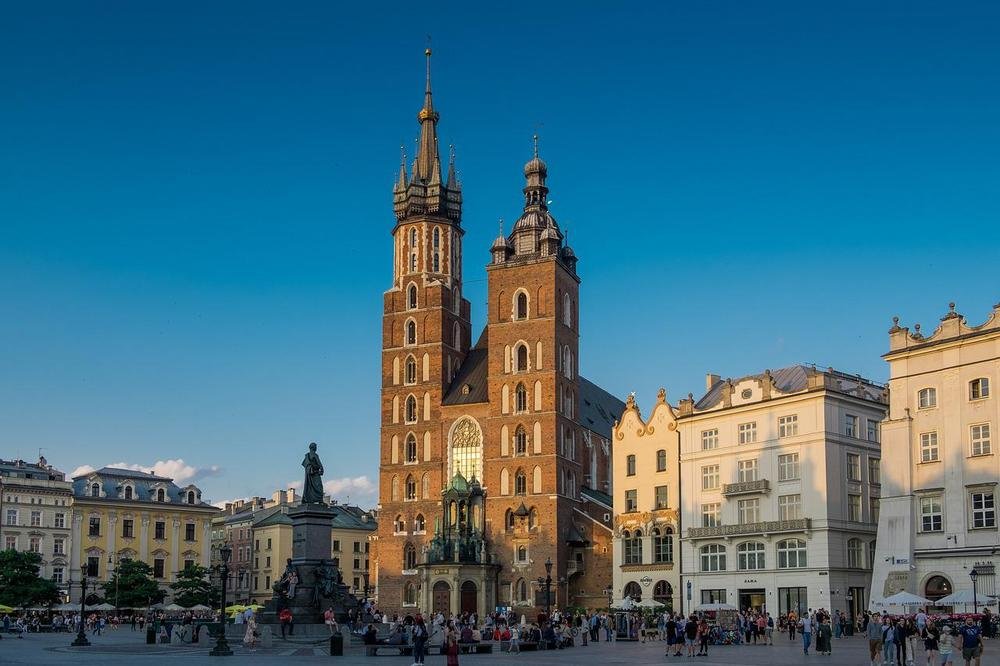
Since the middle of the 13th century, Kraków’s central marketplace, one of the largest medieval squares in Europe, has served as the city’s focal point for commerce, society, and government. This expansive plaza, which is 200 metres by 200 metres in size, was constructed in the decades following the destruction of Kraków by the Mongol invasion, making it a noteworthy example of medieval urban planning. The Cloth Hall and St. Mary’s Basilica are two of the monuments on this list that are located on or close to the square. Long rows of townhouses line the Main Square’s perimeter. The buildings within are typically much older, despite the fact that they acquired Neoclassical façades at the turn of the 20th century. For instance, have a look at Wierzynek, a restaurant that dates back to the Middle Ages and is the site of the wedding of Elizabeth of Pomerania and the Holy Roman Emperor Charles IV in 1364. The previously suggested walking trip includes this square.
Rynek Underground
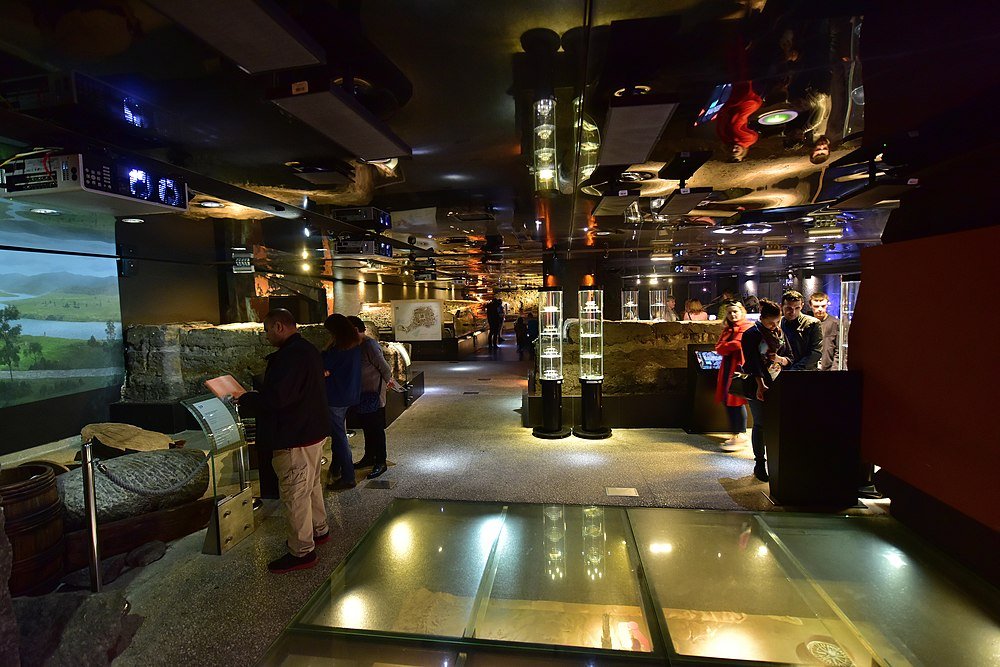
A museum that depicts life in Kraków’s Old Town 700 years ago is housed beneath the Main Square and is also managed by the Historical Museum. The attraction is a 6,000-square-meter archaeological site that displays the former Cloth Hall’s foundations. Footbridges over archaeological sites, touch-screen computers, and holograms can all be found in these galleries. Several artefacts, including Tatar arrowheads, clay figurines, leather shoes, dice, pearls, medallions, and a 693 kg lump of industrial lead, have been found four metres beneath the surface of the city. There is also a lot more to see, such as actual tombs from an 11th-century cemetery, workshop reconstructions, and maps that show the convoluted movement of products through the city during its trade with the Hanseatic League.
Schindler’s Factory
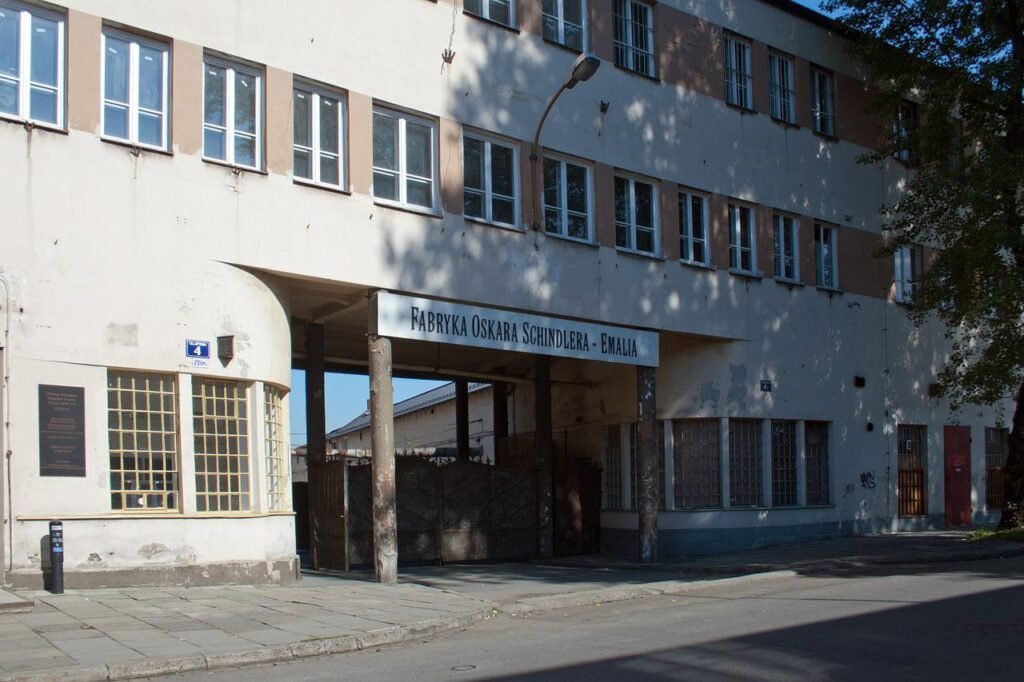
You may be aware that Kraków served as the backdrop for much of Steven Spielberg’s 1993 film Schindler’s List. Additionally, since 2010, it has been possible to see the administrative headquarters of the enamelware plant that Spielberg took over following the German invasion in 1939. Your primary reason for visiting is the Schindler’s Book branch of the Kraków Historical Museum, where you can view photographs of survivors, the original desk from Schindler’s office, and his “list.” However, there is also a larger exhibition about the occupation of Kraków during the Second World War, where you can see replicas of a home in the ghetto, underground tunnels used by the resistance, and basements where Jews were held captive.
Manggha
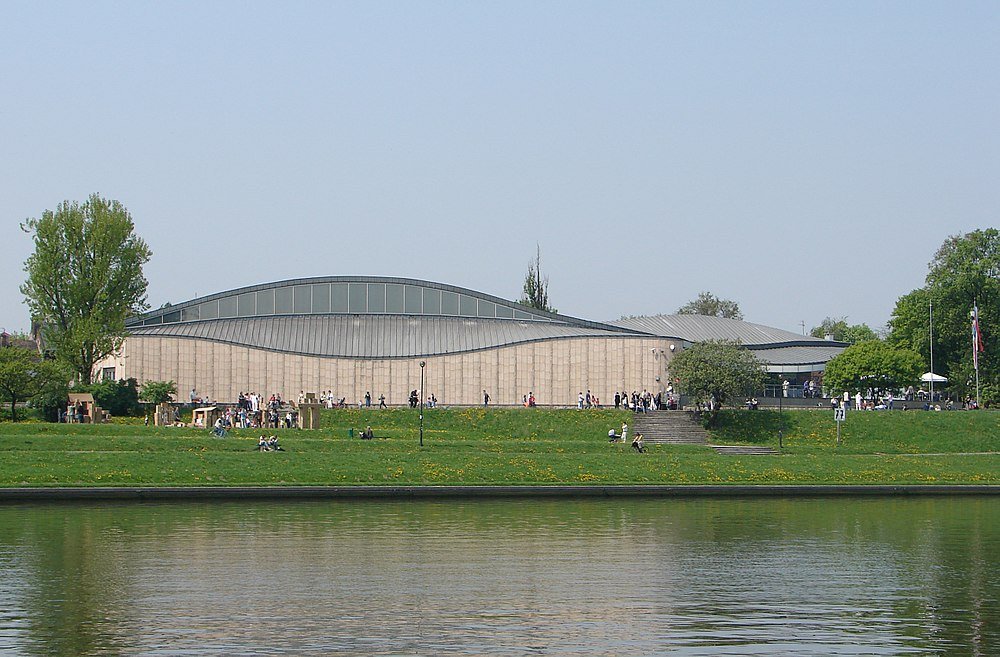
Though it may not have been what you expected, this museum across the canal from Wawel offers an immersion in Japanese culture. After seeing the collection amassed by art critic Feliks Jasieski in the 1940s, filmmaker Andrzej Wajda, who had a passion for Japanese art, came up with the idea for the museum and cultural centre. Wajda decided to establish a new museum for the collection after obtaining a film award more than forty years later. Manggha was designed by Japanese architect Arata Isozaki and first opened its doors in 1994. Emperor Akihito visited the collection in 2002; there are currently 7,000 items total, including woodcuts, paintings, pottery, furniture, and samurai armour.
Franciscan Church
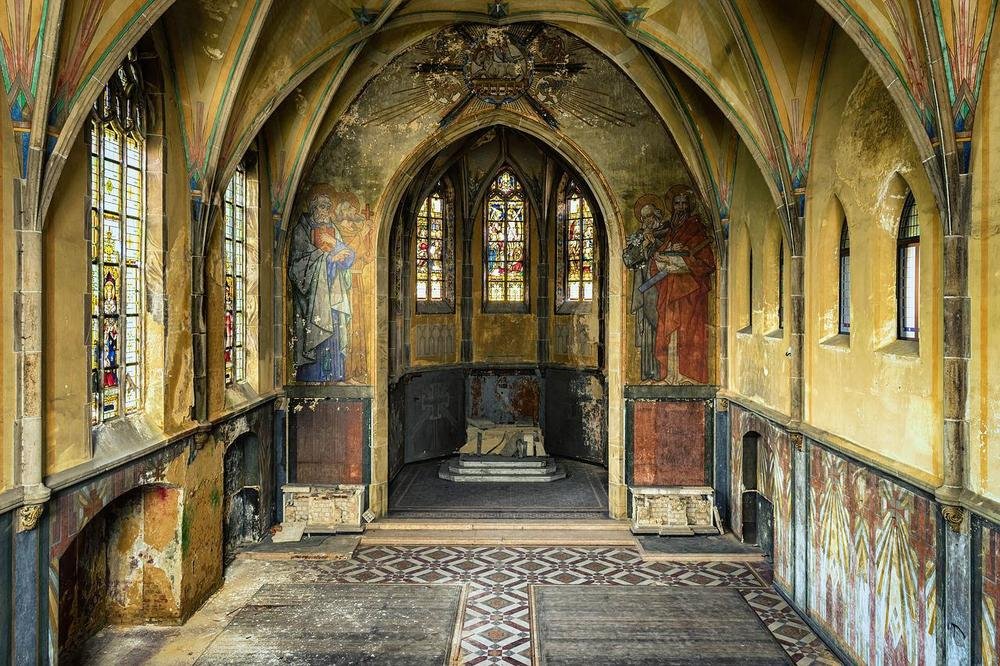
After the Mongol invasion, this monastery church began to take shape and was dedicated some time in the middle of the 13th century. Even though just the rib vaults from that first structure survive, it was the earliest instance of the distinctive brick and sandstone architecture that has come to define Kraków. A fire that nearly destroyed the chapel in 1850 gave the artist Stanislaw Wyspiaski the chance to work his magic, though. Wyspiaski, the leader of the Young Poland movement, created eight Art Nouveau stained glass windows for the choir and apse, as well as magnificent murals in the transept that feature geometric and floral elements. These are complemented by more conventional artwork by the historicist and landscape painters Tadeusz Popiel and Wadysaw Rossowski in the nave and chancel.
Polish Aviation Museum
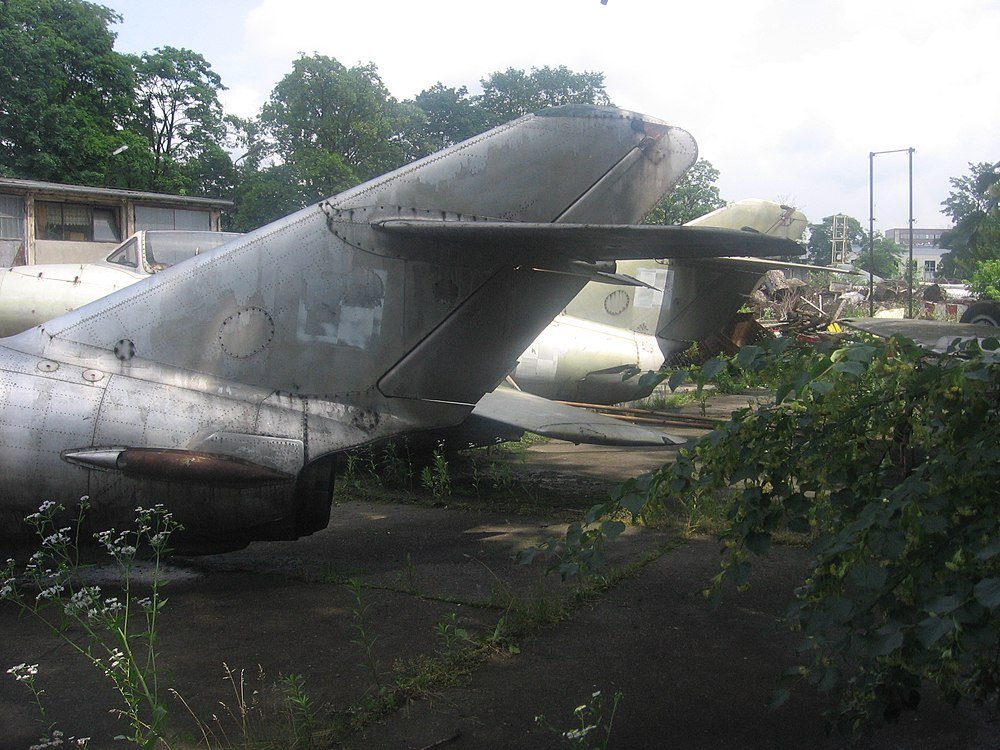
The former Kraków-Rakowice-Czyyny Airport was built for the Austro-Hungarian Empire in 1912, to the east of the old town. A museum was soon established on the site in 1963, initially utilising the airport’s former hangars. A 2010–opened exhibition hall with numerous interactive and multimedia exhibits now complements them. The Polish Aviation Museum is frequently cited as one of the best in the world. It houses more than 200 aircraft, including fighter planes, bombers, gliders, helicopters, and engines from both sides of the Iron Curtain, but mainly MiGs, Yaks, and Sukhois. The rarest of all, however, is the pre-war Polish aircraft, like the PZL P.11, which is the only one still in existence.
Royal Road
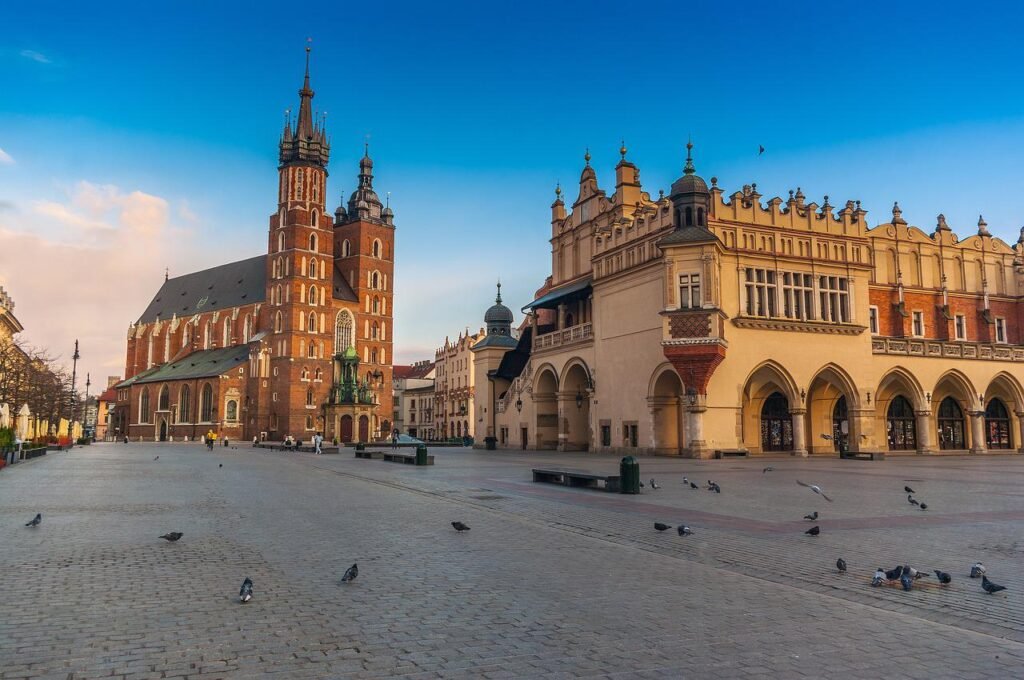
Follow the road taken by Poland’s rulers on this themed stroll through Kraków’s Old Town as you move north to south along the path taken by medieval coronation processions. The route starts at the Church of St. Florian, which is located just past the Barbican and travels through that formidable fortification, Floriaska Street, and the east side of the Main Square before entering the city. Many beloved landmarks, including St. Adalbert’s Church, Wielopolski Palace, and the Church of Saints Peter and Paul, will be passed by you. Then you’ll start the dramatic ascent to the summit of Wawel, where the cathedral’s coronation ceremony will take place.
Stained Glass Workshop and Museum

This site is more than just a static museum; it allows visitors to see stained glass artists use age-old techniques. The workshop was established by the architect Stanislaw Gabriel Eleski in 1902, and it later relocated to its current location, which he also designed. The greatest Polish glass painters, who were in high demand during the Art Nouveau era, planned to congregate in this studio. Today, more than 200 windows made by this studio adorn buildings all throughout Krakow, most notably in Wawel and at the Franciscan Church, which are both recognized landmarks. On the hour, English-speaking tour guides will take you past stunning stained glass exhibits and into the studio, where you can watch works being made.
St Mary’s Basilica
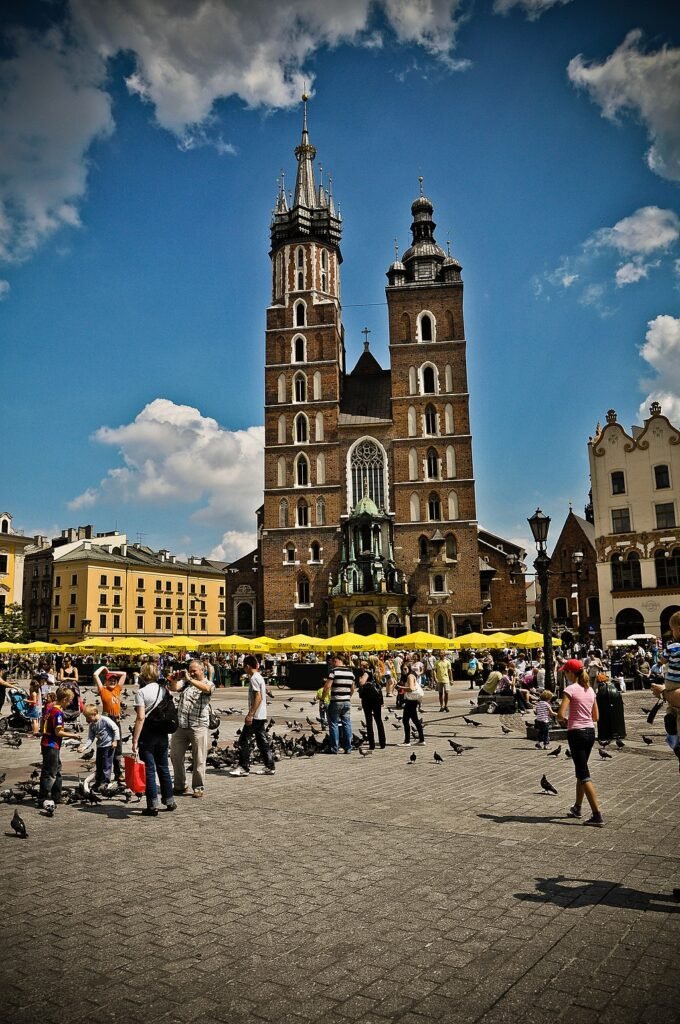
This brick Gothic marvel, from the beginning of the 14th century, was constructed on the ruins of an earlier church that had also been destroyed by the Mongols. It would be altered during the next few decades. Every hour on the hour, the taller of the two towers plays the St. Mary’s Trumpet Call. This is in remembrance of the city trumpeter who announced the impending Mongol invasion in the 13th century. The song ends abruptly since he was shot in the throat midway through the call. The vaults’ gold stars on a blue background and stained glass windows are exquisite. The biggest Gothic altarpiece in the entire world, however, steals the show. It was created in 1484 by the German sculptor Veit Stoss over the course of seven years, with figures made of lime wood that could reach heights of 2.7 metres.
Cloth Hall
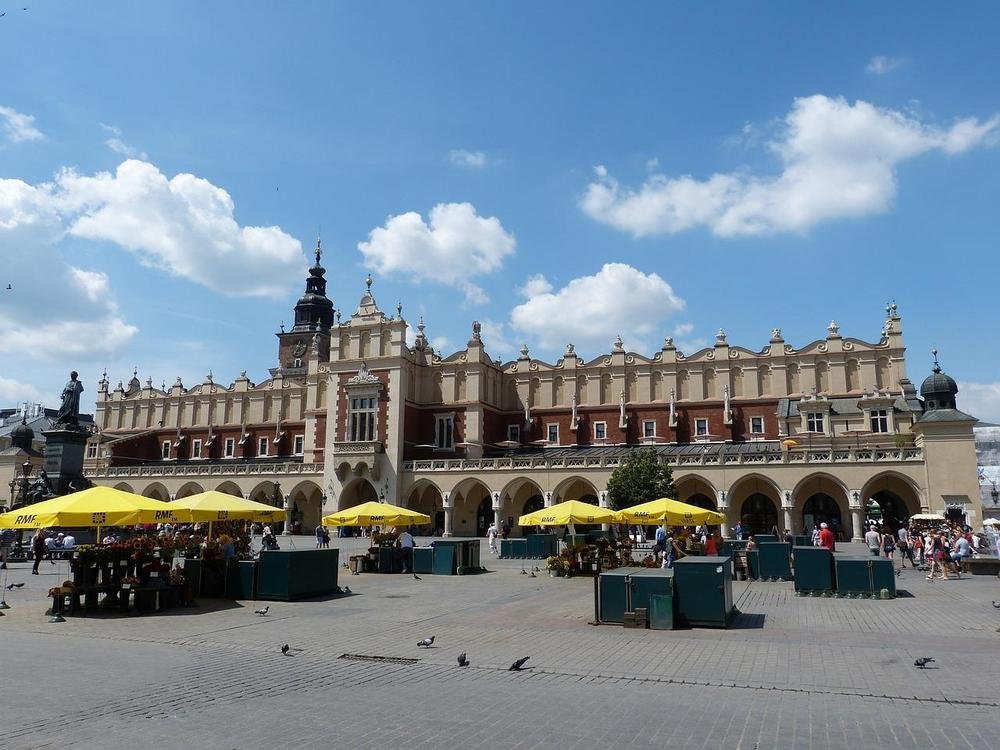
The Cloth Hall, one of Kraków’s icons, has been around since the 1200s, and the Renaissance monument that stands in its current location in the middle of the Main Square is from the 1500s. The cloth hall, a market hub for 800 years, is evidence of Kraków’s central location in the medieval trade network of Central Europe. The majority of the commodities sold here, including spices, silk, wax, and leather, are from the East. Even if it doesn’t quite have the same cachet, The Cloth Hall is still a market and should be your first stop if you’re looking for gift or souvenir options. You can stroll past booths selling wooden crafts, amber jewellery, and handmade lace before going upstairs to the Sukiennice Museum. There are specific rooms for Romantics like Piotr Michalowski, Academic painters in the mould of Henryk Siemiradzki, and Realists like Józef Chemoski, mostly for Polish 19th-century painting.
Kazimierz
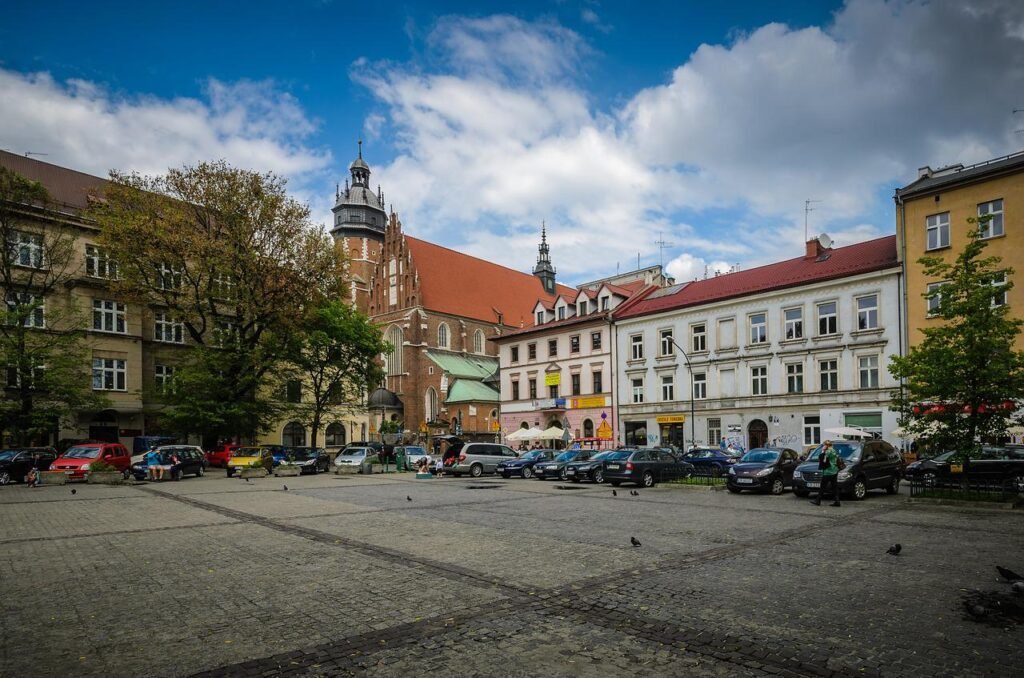
A region that was a separate city for 500 years up until the 19th century is located south of the Old Town. Casimir III the Great founded Kazimierz, giving it his name and granting it the title of Royal City. As a result of a fire that occurred in Kraków at the end of the 15th century, King Jan I Olbracht relocated the whole Jewish population there. Kazimierz grew rapidly as it absorbed Jews who had been driven from other cities across Europe. Between Jewish and ethnic Pole residents of Kazimierz, they occupied space within an interior wall. And even though that wall was demolished more than 200 years ago, Kazimierz’s eastern streets still have a distinctly Jewish flavour thanks to a revival in the late 1980s. This neighbourhood, which once again features synagogues, bookshops, restaurants, and bars for a tiny but vibrant Jewish community, served as the backdrop for a significant portion of the Schindler’s List filming.
Stare Miasto (Old Town)
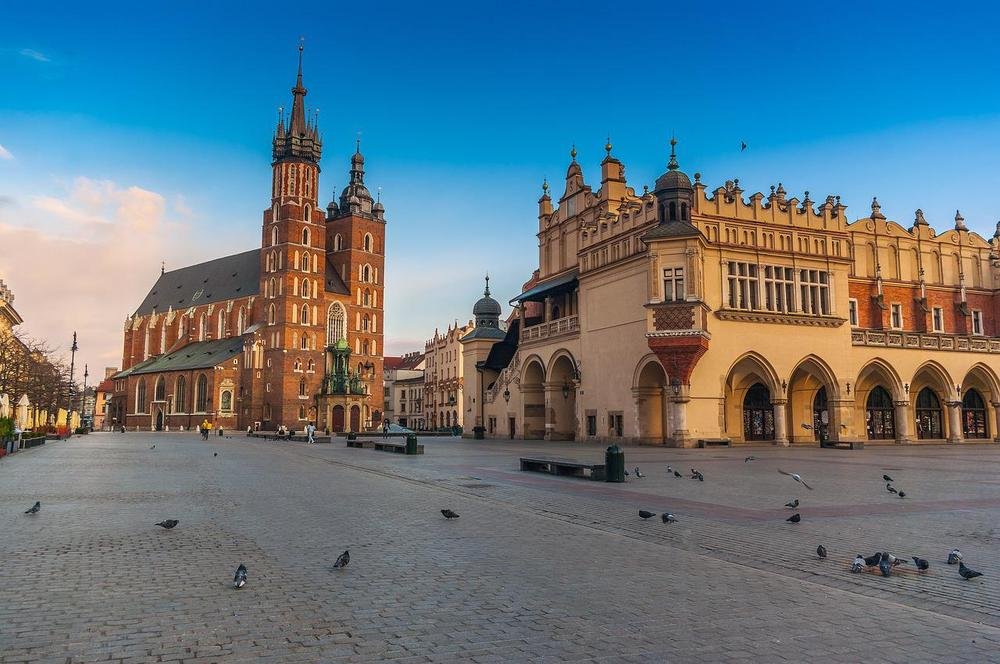
The oldest area of Kraków was designed as a city in 1257, immediately following the destruction caused by the Mongol invasion. The massive royal ensemble on Wawel Hill was raised over the southernmost point of the walled city, which is now surrounded by a ring of parkland. As you meander from churches to atmospheric squares, inviting specialised stores to museums, a day in the Old Town will pass by quickly. Going out for a meal or a drink might be a historical adventure that takes you down into cellars with Gothic vaults. The former town hall’s tower on Main Square, which serves as an observation deck, is one of a few items we won’t discuss here. However, don’t forget to stop by a bakery for a ring-shaped obwarzanek Krakowski, a somewhat sweet bun similar to a bagel.
Wawel Cathedral
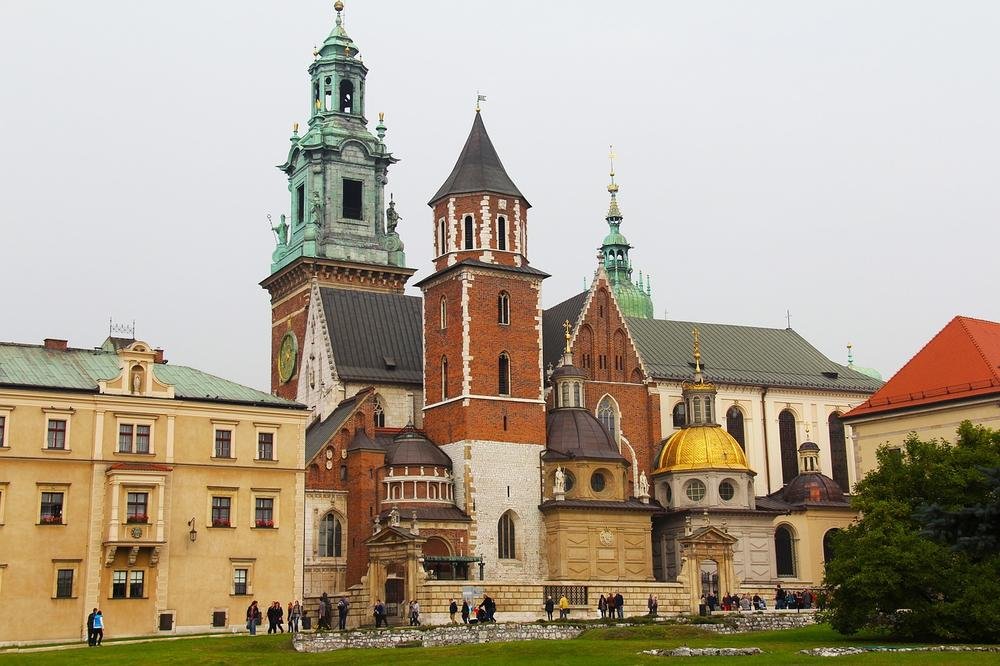
Wawel Cathedral, a structure of genuine national significance, has witnessed the coronation and internment of countless Polish monarchs, national heroes, and cultural icons. The present structure was finished in the fourteenth century after the first two structures were demolished or burned down. The cathedral also features a fascinating mix of architectural styles as a result of its several royal burial chapels. The funeral chapel for the last of the Jagiellonian line, Sigismund’s Chapel, is a masterpiece of Tuscan Renaissance architecture from the 16th century: The chapel, which is covered in a golden dome, is adorned with elaborate stuccowork, carved embellishments, and grave monuments created by some of the top sculptors of the time. The Polish patron saint St. Stanislaus’ mausoleum, where his silver sarcophagus stands beneath a flamboyant canopy with gilded columns, further emphasises the cathedral’s stature.
Planty Park
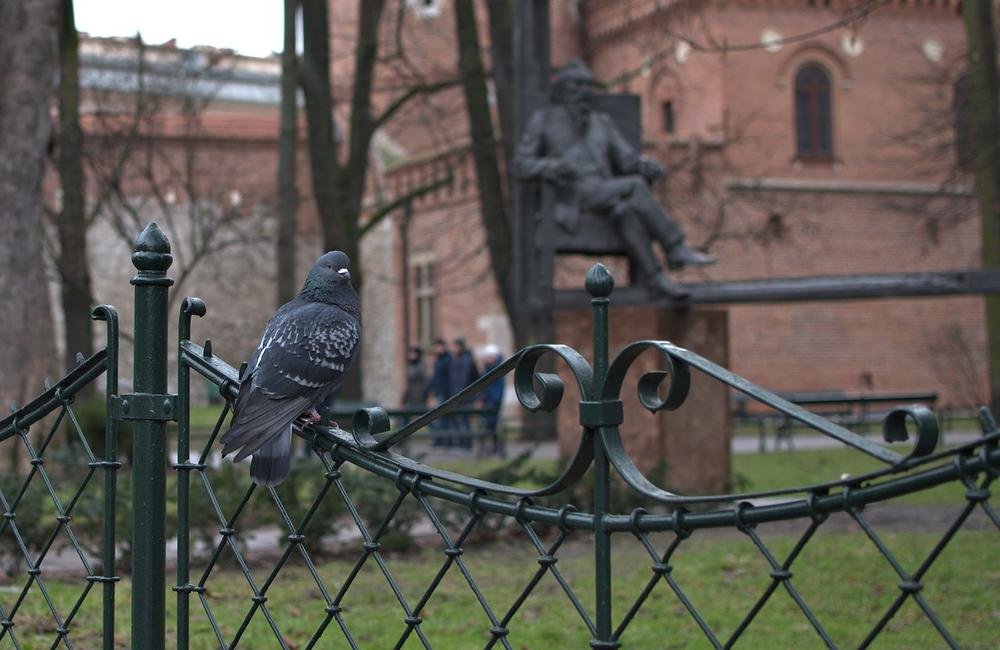
Franz I, Emperor of Austria-Hungary, ordered the demolition of the medieval defences that originally surrounded the Old Town in the 1820s, while Kraków was a largely independent free city. The four-kilometre belt was covered with English landscape gardens, and the moat was also levelled. Planty Park provides a welcome natural barrier between the Old Town and the neighbouring newer neighbourhoods, Planty Park provides a welcome natural barrier. Due to the preservation of the final remains of the previous defences, the northern bend is preferable for tourists. The Florian Gate is behind here, and the majestic Kraków Barbican is here with its ominous ring of machicolations. Following a plea to the Republic of Kraków senate from a university professor, both of these were spared from demolition.
Wawel Castle
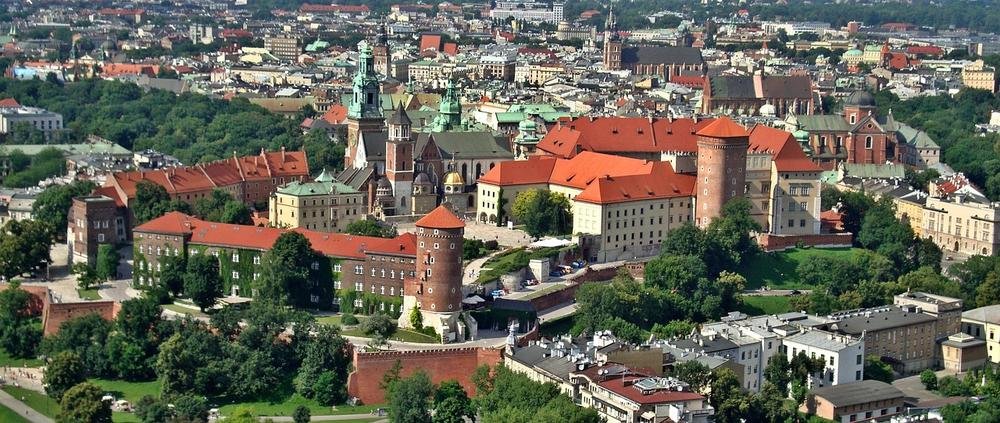
The cathedral and the UNESCO-listed Wawel Castle, which is perched high above the Old Town, form an ensemble that is of incalculable national significance. The castle, which features buildings in every architectural style from Romanesque to Baroque, served as the Polish King’s residence from the 13th to the 17th centuries. A period of fallowness followed after the capital was transferred to Warsaw and the castle was damaged by the Swedish invasion in the 1650s. Wawel Castle, however, has been a national museum since the 1940s, showcasing the wealth of the Polish king through opulent interiors, works by Veronese, Lucas Cranach the Elder, and Domenico Ghirlandaio, Gobelin tapestries, and an incredible treasury and armoury. Szczerbiak, the coronation sword for nearly every monarch from 1320 to 1764, is one item that must not be overlooked.

